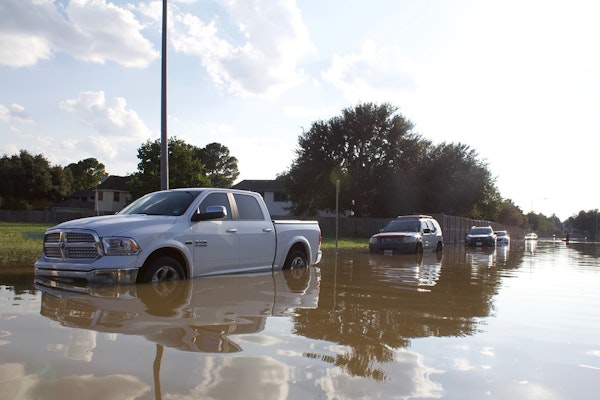
Flood Insurance Gaps Highlighted by Hurricane Helene’s Impact
The devastation caused by Hurricane Helene sheds light on the widespread lack of flood insurance, revealing critical challenges in accessibility, affordability, and risk awareness.
November 18, 2024
Legislation & Regulation
Property
Risk Management
Florida
Louisiana
Texas

New Climate Research Reveals Worsening Global Conditions in 2024
As COP29 unfolds in a year of record-high temperatures, new research reveals accelerating climate effects, from supercharged storms and wildfire deaths to a slowing Atlantic current, raising concerns about a range of tipping points.
November 14, 2024
Catastrophe
Legislation & Regulation
Property
Risk Management
Florida
North Carolina

Rising Inland Flood Risk Demands Urgent Attention in U.S.
The Insurance Information Institute’s latest report highlights the increasing flood risks faced by inland areas due to shifting weather patterns. Hurricanes, tropical storms, and thunderstorms are pushing the boundaries of flood-prone regions, underscoring the need for better insurance coverage, flood resilience, and mitigation strategies to bridge the protection gap in non-coastal communities.
November 14, 2024
Catastrophe
Legislation & Regulation
Property
Risk Management
Florida
Georgia
Kentucky
New Jersey
New York
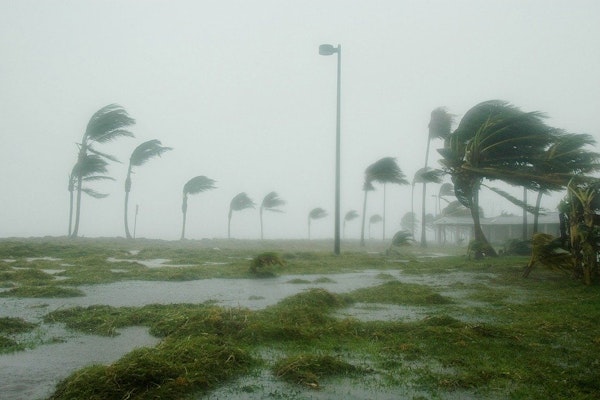
Florida Hurricane Damage Claims Reach $4.775 Billion After Hurricanes Helene and Milton
Insurance claims in Florida from Hurricanes Helene and Milton have reached $4.775 billion, up $169 million from last week’s total. The storms have left extensive residential and commercial property damage, according to the Office of Insurance Regulation.
November 12, 2024
Catastrophe
Insurance Industry
Legislation & Regulation
Property
Florida
Georgia
North Carolina
South Carolina
Tennessee

Momentum Builds for Florida Insurance Law Board Certification
Support grows for a new Florida Bar board certification in "Insurance Coverage Law," aiming to help residents find specialized legal help for insurance disputes following major hurricane seasons.
November 7, 2024
Insurance Industry
Legislation & Regulation
Litigation
Property
Florida
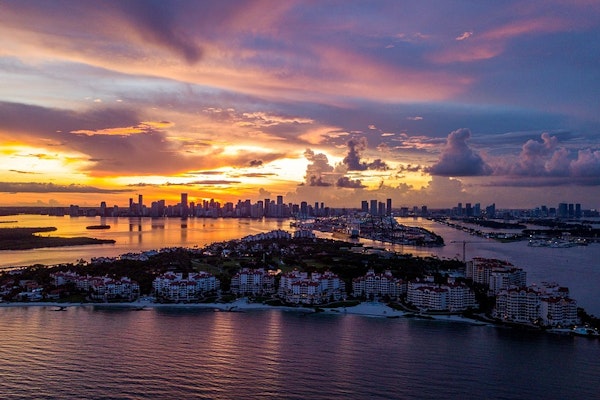
Florida Communities’ Resilience Investments Prove Effective Against Hurricane Milton
As Hurricane Milton hit Florida, resilience-focused communities like Babcock Ranch and Hunters Point emerged unscathed, showcasing how disaster preparedness measures protect homes and reduce long-term costs, even amid costly initial investments.
November 7, 2024
Catastrophe
Legislation & Regulation
Property
Risk Management
Alabama
California
Florida
Louisiana
Oklahoma

St. Petersburg Reduced Insurance Coverage for Tropicana Field Months Before Major Hurricane Damage
Ahead of the 2024 hurricane season, St. Petersburg reduced Tropicana Field’s wind and flood coverage from $100 million to $25 million, exposing the city to significant risk. After Hurricane Milton destroyed the stadium’s roof, officials now face uncertainties about potential coverage shortfalls.
November 5, 2024
Insurance Industry
Litigation
Property
Risk Management
Florida

2024 Hurricanes Leave Nearly 350,000 Cars Flood-Damaged, CARFAX Warns
In 2024, hurricanes have left an estimated 347,000 vehicles with flood damage across the U.S., CARFAX reports. Experts caution that many may be resold, potentially concealing dangerous and costly water damage.
November 5, 2024
Auto
Catastrophe
Fraud
Risk Management
Florida

How Attorney Ads May Drive Up Auto Insurance Rates, Per New Survey
A recent IRC survey reveals that attorney advertising may be influencing auto insurance costs, as 60% of respondents link it to higher claims and 52% believe it raises insurance premiums.
October 30, 2024
Auto
Insurance Industry
Legislation & Regulation
Litigation
Florida
Georgia
Louisiana
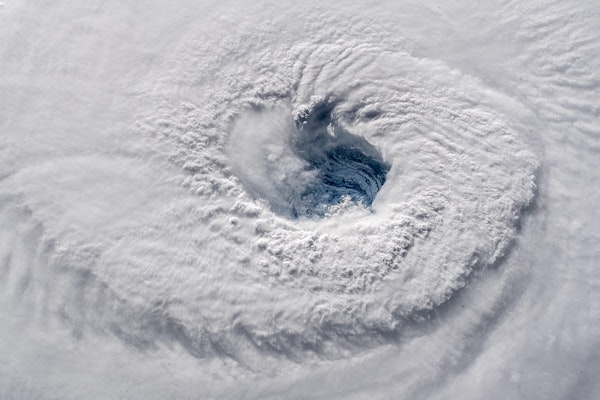
NFIP Flood Insurance Claims Surge to 54,000 After Hurricane Helene, FEMA Reports
Following Hurricane Helene’s landfall in Florida, over 54,000 NFIP flood insurance claims have been filed, with FEMA reporting $480 million in early claims payments. This storm, among the most significant for NFIP, may see more claims as impacted areas become accessible.
October 28, 2024
Catastrophe
Legislation & Regulation
Property
Risk Management
Florida

Texas A&M Research Links Climate Change to Increased Hurricane Rainfall in the Southeast
A Texas A&M study shows a nearly 20% increase in extreme rainfall during storms like Hurricane Helene, linking climate change to intensified flooding risks across the southeastern United States.
October 28, 2024
Catastrophe
Property
Risk Management
Florida
Georgia
North Carolina
Texas

Widespread Flooding from Hurricane Helene Spotlights Inland Insurance Gaps
The devastation from Hurricane Helene reveals a significant inland flood-protection gap, particularly in flood-prone communities without sufficient insurance coverage, where misinformation and funding challenges further slow recovery efforts.
October 28, 2024
Catastrophe
Insurance Industry
Legislation & Regulation
Risk Management
Florida
Georgia
Kentucky
New Jersey
New York

Hurricane Milton Causes $2 Billion in Insured Losses in Florida
Hurricane Milton has resulted in over $2 billion in insured losses in Florida, with more than 230,000 claims filed. Most claims are for residential properties, and 12.8% have been closed so far.
October 23, 2024
Catastrophe
Insurance Industry
Property
Risk Management
Florida

Florida’s New Rule Brings Major Changes for Public Adjusters and Insurance Estimators
Florida’s Emergency Rule 69BER24-4 introduces stricter ethical guidelines and transparency requirements for all insurance adjusters, particularly impacting public adjusters, with the aim of reducing unethical practices in the claims process.
October 21, 2024
Fraud
Legislation & Regulation
Litigation
Property
Florida
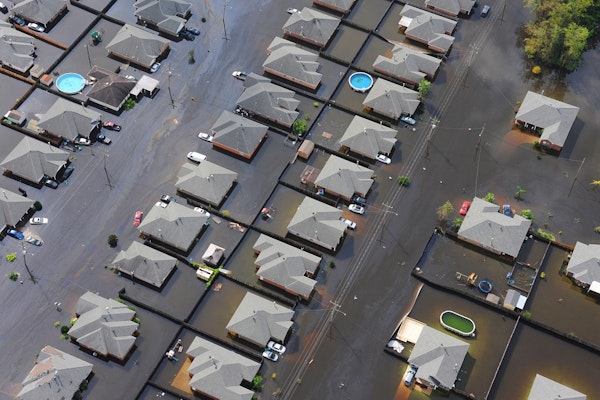
Natural Catastrophe Losses in 2024 Near Average Amid Escalating Late-Season Storm Risks
Insured losses from global natural catastrophes exceeded the 10-year average, driven by frequent storms and floods, while total economic losses for 2024 remained slightly below average.
October 17, 2024
Catastrophe
Insurance Industry
Property
Risk Management
Florida
North Carolina
Tennessee
Virginia





